By now, I expect most gardeners across the country will have planted out their beds, baskets and tubs with a selection of summer bedding plants.
I wonder how many of you have chucked out the spring flowering types, perhaps keeping tulips and other bulbs which can be dried out, stored and planted again.
Primrose types
Hopefully, many of you have will have retained broad-leaved plants like polyanthus and other primrose types and sheuched them temporarily in a shady corner until the summer planting is done.
Should any have gone into the compost bin, still intact, they may yet be retrievable if you agree with my ploy for dealing with them.
If you do have some primrose/polyanthus plants still kicking about and obviously still alive, get to work without delay and save yourself a bob or two.
Proceed thus: knock the soil off the roots gently and trim them back to about 2.5cm (1 inch), proceed then to do the same with the foliage.
You will notice that the leaves are arranged in little groups (whorls).
Keep the groups entire (leaves and roots) then pull the groups apart gently.
Mini plants
Stand these mini plants in a basin of water for a wee while (15 mins) then, either pot them up or plant them out in rows, spacing the plants 10cm apart in a shady spot.
By the time you are ready to plant them in their flowering position next October, they will have grown in to fine wee plants, as good as any you might be offered.
The other most common spring flowering species are the Wallflower.
Experience has shown over the years that, although they are perennials, they are best treated as biennials i.e. from seed sowing they put on the vegetative growth in year one, rest over a winter dormant season and flower in the spring of year two.
If you fancy that technique, get your skates on and sow them NOW – in a row just as if you were sowing turnips.
One further tip, before moving on; when the seedlings have grown to over 5-10cm, transplant them carefully, giving them more space, at the same time, nip out the growing tip.
Why?
By transplanting, you are likely to break off the tip of the root system which otherwise would keep on growing downwards as what we refer to as a taproot – so what?
Borders
Nipping out the growing tip at the same time will ensure that, by the time you plant them in their flowering position they will have developed a bushy root system and a bushy top – excellent specimens to fill up your border.
Last week, I was telling you a tale about my Auchincruive days.
After qualifying, I was offered a job on the college staff and that was where I learned how to grow Wallflower as described.
Perennials
Whilst enjoying the colourful displays of bedding plants, I have to admit that I much prefer growing and working with perennials, especially the woody sorts – trees and shrubs.
That said, they too require regular attention spread out across the seasons.
Right now, we are just coming out of the Rhododendron flowering season when, if it is necessary, a bit of pruning can be done.
This usually amounts to a tidying-up job, removal of damaged growth or shoots that tend to spoil the shape, always pruning back to an outward pointing bud within the overall shape.
Other spring and early summer-flowering shrubs may need tidying up too whilst they may still be about to reach their prime.
Our shrub roses are blossoming right now, my favourite being Rosa moyesii, a big chap if given the conditions and the space which means he needs pruning simply by removing any branches which are beginning to intrude on the growth and shape of other surrounding plants.
I have a Lilac nearby which is needing the same treatment. Some might ask “Why didn’t you give them more space in the first place?”
Good question, the answer is quite simple, they are only now beginning to get too big; we have had five to six years of pleasure seeing them perform with no need to touch them.
Another deciduous shrub which to my mind is a delight, is the Deutzia, in full flower at the moment.
I have three different species and have chosen to show the variety D. magnifica because, accompanying it at ground level is another perennial in my “wee stoater” category – an orchid, would you believe called Dactylorhiza foliosa, very much at home in Oldmeldrum.
Well sheltered in a border facing east, in the shade of that Deutzia.

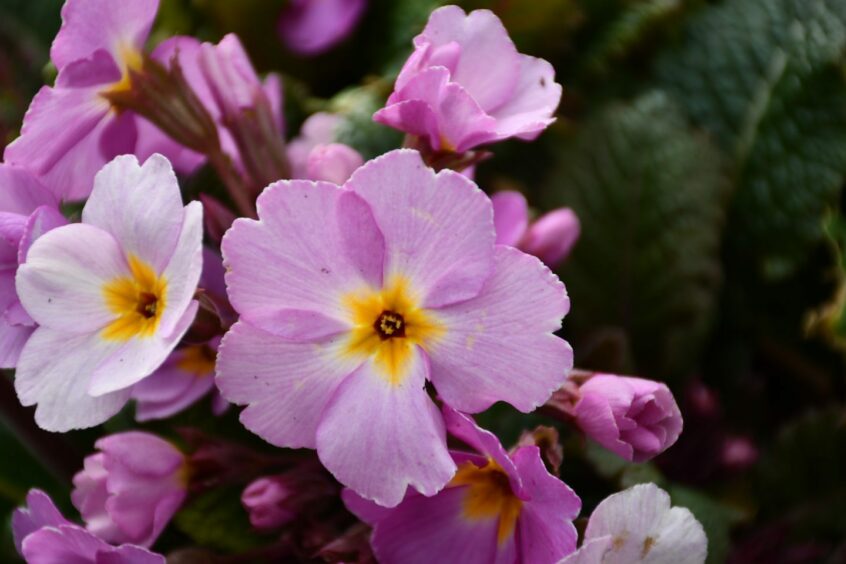
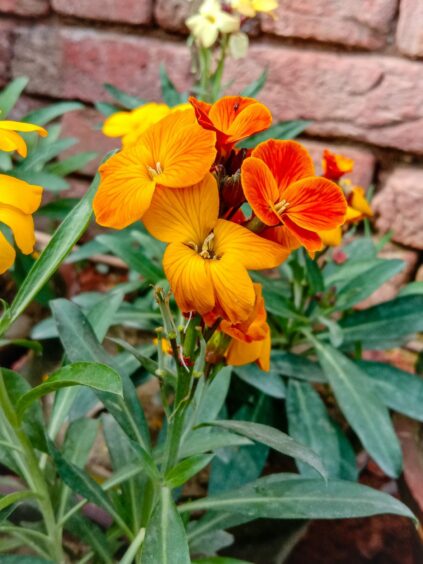
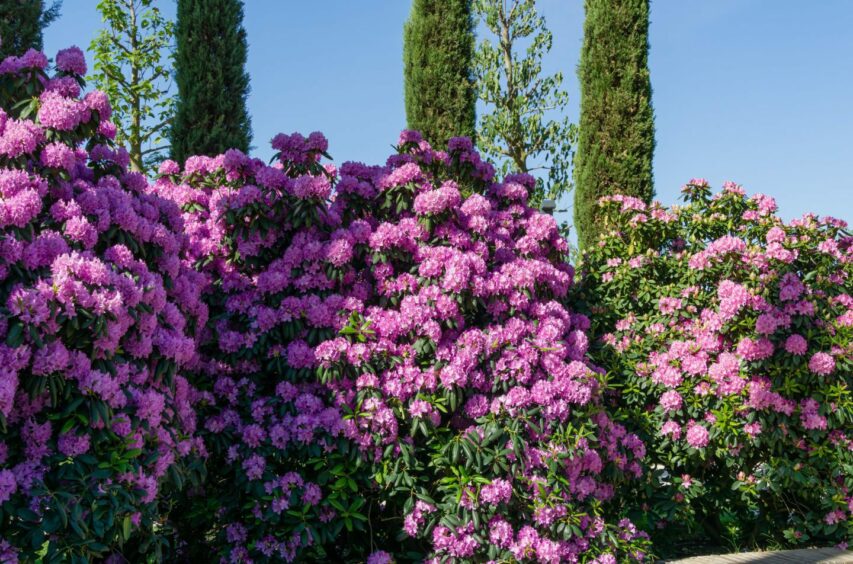
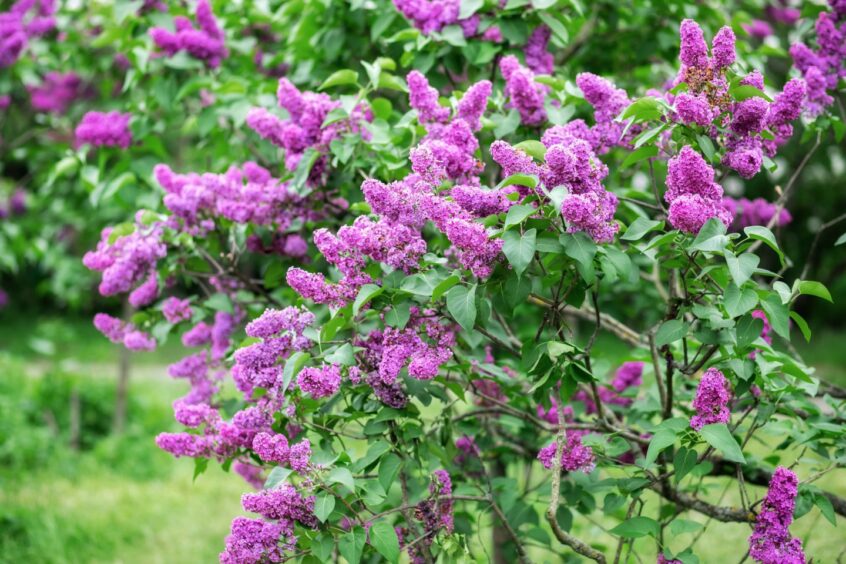
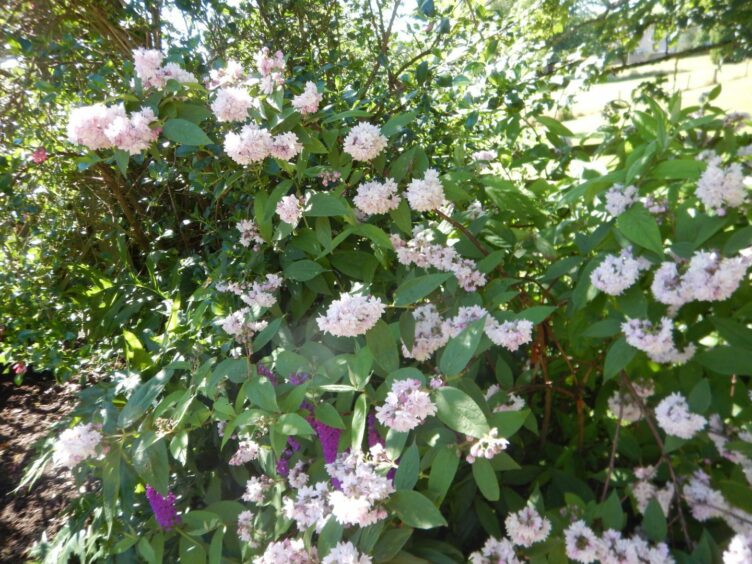
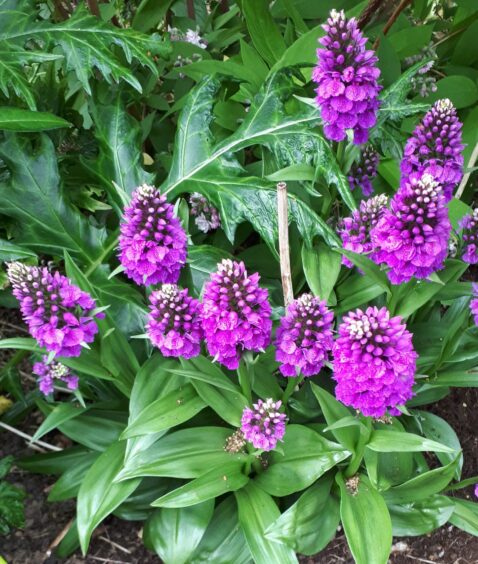
Conversation